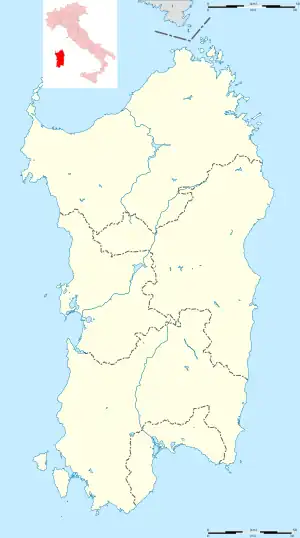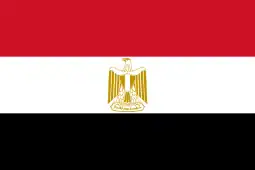Arzachena
| |
|---|---|
| Comune di Arzachena | |
.jpg.webp) | |
Location of Arzachena | |
 Arzachena Location of Arzachena in Sardinia  Arzachena Arzachena (Sardinia) | |
| Coordinates: 41°05′N 09°23′E / 41.083°N 9.383°E | |
| Country | Italy |
| Region | Sardinia |
| Province | Sassari (SS) |
| Frazioni | Abbiadori, Baja Sardinia, Cannigione, Porto Cervo, Cala di Volpe, Padula d'Izzana, Braniatogghiu, Cala Bitta, Cala del Faro, Capriccioli, Sarra Balestra, Calacrano, Cuncosu, Farina, Pulicinu, Golfo Pevero, Isuledda, Pitrizza, La Conia, Liscia di Vacca, Monticanaglia, Mucchi Bianchi, Lu Mulinu, Pantogia, La Caldosa, Capo Ferro, Poltu Quatu, Romazzino, Santa Teresina, Surrau, Tanca Manna |
| Government | |
| • Mayor | Roberto Ragnedda |
| Area | |
| • Total | 230.85 km2 (89.13 sq mi) |
| Elevation | 85 m (279 ft) |
| Population (31 March 2022)[1] | |
| • Total | 13,328 |
| • Density | 58/km2 (150/sq mi) |
| Demonym | Arzachenesi |
| Time zone | UTC+1 (CET) |
| • Summer (DST) | UTC+2 (CEST) |
| Postal code | 07021 |
| Dialing code | 0789 |
| Patron saint | Santa Maria della Neve |
| Saint day | 3rd Sunday in September |
| Website | Official website |
Arzachena (Italian pronunciation: [artsaˈkɛːna]; Gallurese: Alzachèna; Sardinian: Altzaghèna) is a town and comune in the province of Sassari, northern Sardinia, the second largest island off the coast of Italy. Arzachena lies half way between the original Costa Smeralda resort and Porto Rafael, both founded in the late 1950s. After Olbia and Tempio Pausania, it is the third largest commune in Gallura by inhabitants.

The frazione of Porto Cervo is the main resort area of Costa Smeralda for summer tourism, which since the 1960s has replaced agriculture as the main local source of economic activity. Nearby there are numerous archaeological sites from the Nuragic period, including those from a local sub-culture known as Arzachena culture (the necropolis of Li Muri and others).
History
Located in an area once inhabited by the Arzachena culture, the region was known by the Romans as Turibulum, after a mushroom-shaped rock which is today the symbol of the town.
The oldest recorded use of the modern name is in a 1421 document, when king Alfonso IV of Aragon gave it (under the spelling Arsaghene) as a fief to Ramboldo de Cobaria. In the late 16th century it was mostly depopulated, and the current town was re-established in 1716 on a hill by King Charles Emmanuel III of Savoy. In 1909 the new village had 853 inhabitants, a population which grew substantially after the tourist boom associated with Costa Smeralda, which had originally been a small stretch of coast in the commune of Arzachena.
Frazioni and localities
- Abbiadori
- Baja Sardinia
- Cala di Volpe
- Cannigione
- Poltu Quatu
- Porto Cervo
- La Conia
- Liscia di Vacca
- Santa Teresina
- Monti Canaglia
- Padula d'Izzana
- Giunnicheddu
See also
Twin towns
 Porto-Vecchio, France
Porto-Vecchio, France Ibiza, Spain
Ibiza, Spain Sharm el-Sheikh, Egypt
Sharm el-Sheikh, Egypt
References
- ↑ "Popolazione Residente al 1° Gennaio 2018". Italian National Institute of Statistics. Retrieved 16 March 2019.
External links
- Official website Archived 2019-06-16 at the Wayback Machine (in Italian)
